Home>Furniture & Design>Bathroom Accessories>How Does A Toilet Plunger Work


Bathroom Accessories
How Does A Toilet Plunger Work
Modified: October 19, 2024
Learn how a toilet plunger works and why it's an essential tool for your bathroom. Find out how to use this effective bathroom accessory to unclog your toilet.
(Many of the links in this article redirect to a specific reviewed product. Your purchase of these products through affiliate links helps to generate commission for Storables.com, at no extra cost. Learn more)
Introduction
When it comes to household essentials, a toilet plunger is often overlooked until it's urgently needed. This humble tool, however, plays a crucial role in maintaining a functional and hygienic bathroom. Whether it's a minor clog or a more stubborn blockage, a toilet plunger can come to the rescue, saving you from potential plumbing headaches and costly repairs.
Understanding how a toilet plunger works and the best practices for using it can make a significant difference in resolving common bathroom mishaps. In this comprehensive guide, we will delve into the design, physics, and practical usage of a toilet plunger. By the end, you'll have a newfound appreciation for this unassuming yet indispensable bathroom accessory.
Let's embark on a journey to uncover the inner workings of the toilet plunger, demystify the physics behind its effectiveness, and learn the best techniques for achieving successful plunging results. Whether you're a seasoned homeowner or a novice in the realm of household maintenance, this exploration will equip you with the knowledge and confidence to tackle toilet clogs with ease.
So, without further ado, let's plunge into the fascinating world of toilet plungers and discover the secrets to keeping your bathroom in top-notch condition.
Key Takeaways:
- Toilet plungers work by creating a seal over the drain, then using physics to apply pressure and create a vacuum, effectively clearing clogs and restoring proper water flow in the toilet.
- To use a toilet plunger effectively, make sure to create a tight seal, apply firm and controlled pressure, and alternate between pushing and pulling to dislodge stubborn clogs. Remember to maintain and store your plunger properly for long-lasting effectiveness.
Read more: How To Store A Toilet Plunger
The Design of a Toilet Plunger
A toilet plunger is ingeniously designed to tackle one of the most common household nuisances – toilet clogs. Its simple yet effective construction comprises a rubber suction cup attached to a wooden or plastic handle. This classic design has stood the test of time, proving to be a reliable solution for resolving toilet blockages.
The rubber suction cup, also known as the flange or bell, is the star of the show. It is crafted to form a tight seal over the drain opening, creating a vacuum effect when pressure is applied. This seal is essential for generating the necessary force to dislodge the obstruction within the toilet pipe.
The handle of the plunger, typically made of wood or plastic, provides a sturdy grip for the user to exert downward pressure. Its length is designed to allow for comfortable handling while maintaining the required leverage for effective plunging.
In addition to the traditional design, there are variations of toilet plungers tailored for specific purposes. For instance, the flange of a toilet plunger may be tiered or be equipped with an additional sleeve to accommodate different drain sizes and shapes. This versatility ensures that the plunger can adapt to various toilet configurations, making it a versatile tool for homeowners.
Furthermore, some modern toilet plungers feature a fold-out sleeve or a hidden second suction cup, allowing them to be used for both toilet and sink plunging. This dual functionality adds convenience and practicality to the design, making it a multifaceted tool for addressing different plumbing issues.
Overall, the design of a toilet plunger is a testament to simplicity and effectiveness. Its uncomplicated yet purposeful construction makes it an essential item in any household, ready to come to the rescue when a toilet clog threatens to disrupt daily routines.
The Physics Behind Plunging
The effectiveness of a toilet plunger in dislodging stubborn clogs can be attributed to the fundamental principles of physics at play. When a toilet becomes clogged, the obstruction creates a blockage in the drain pipe, impeding the flow of water and causing it to back up. This is where the toilet plunger's design and the application of force come into play to overcome the resistance within the pipe.
The key to successful plunging lies in creating a seal between the rubber suction cup of the plunger and the drain opening. When the plunger is pressed against the drain, the air trapped within the cup is compressed, forming a seal that prevents air or water from escaping. This seal is crucial, as it allows the user to generate the necessary force to dislodge the blockage.
As the user applies downward pressure on the plunger handle, the trapped air within the suction cup is forced out, creating a burst of high-pressure air and water against the obstruction. This sudden surge of pressure can help to break up the clog or dislodge it from its position within the pipe. The repeated action of plunging creates a series of pressure differentials, effectively loosening and clearing the blockage to restore the flow of water.
Moreover, the vacuum effect created by the sealed suction cup enhances the plunging process. When the plunger is pulled back after being pushed down, the vacuum created within the cup can further dislodge the obstruction, contributing to the overall effectiveness of the plunging action.
In essence, the physics behind plunging revolves around the principles of pressure differentials, air compression, and the creation of a vacuum. These factors work in tandem to exert force on the clog, ultimately clearing the blockage and restoring the proper flow of water within the toilet drain pipe.
Understanding the physics behind plunging not only sheds light on the mechanics of this common household task but also empowers homeowners to use a toilet plunger more effectively. By harnessing the principles of physics, individuals can approach toilet clogs with confidence, knowing that they have the knowledge and tools to tackle the situation with precision and efficacy.
When using a toilet plunger, make sure to create a tight seal around the drain opening to maximize suction. Push and pull the plunger in a steady motion to dislodge the clog.
How to Use a Toilet Plunger Effectively
Using a toilet plunger effectively requires a strategic approach and proper technique to maximize its unclogging potential. Here's a step-by-step guide to wielding this essential tool with precision and achieving successful results:
-
Create a Seal: Ensure that the rubber suction cup of the plunger completely covers the drain opening. The flange should form a tight seal to prevent air or water from escaping during the plunging process. This seal is critical for generating the necessary pressure to dislodge the clog.
-
Apply Firm Pressure: With the plunger in position, press down firmly on the handle to exert downward pressure. The goal is to create a burst of high-pressure air and water against the obstruction, effectively dislodging the clog from its position within the drain pipe.
-
Use Controlled Movements: Engage in a rhythmic plunging motion, maintaining a controlled and consistent pace. Avoid erratic or haphazard movements, as these may disrupt the seal and diminish the effectiveness of the plunging action.
-
Alternate Between Pushing and Pulling: After pushing down on the plunger, pull it back to create a vacuum effect within the suction cup. This action can further dislodge the obstruction, enhancing the overall effectiveness of the plunging process.
-
Repeat as Needed: If the initial plunging attempts do not yield the desired results, repeat the process several times. Persistence and patience are key, as stubborn clogs may require multiple plunging cycles to fully clear the blockage.
-
Observe the Flow: As you plunge, pay attention to the flow of water in the toilet bowl. If the water begins to drain or gurgle, it indicates that the clog is starting to clear. Continue plunging until the water flows freely, signaling the successful removal of the obstruction.
-
Flush and Test: Once the clog is cleared, flush the toilet to ensure that the water drains properly without any signs of backup. This final test confirms that the blockage has been effectively resolved.
By following these steps and employing a methodical approach, you can harness the full potential of a toilet plunger and effectively tackle stubborn toilet clogs. With practice and precision, you'll become adept at using this indispensable tool to maintain a smoothly functioning bathroom, free from the inconvenience of persistent clogs.
Tips for Maintaining Your Toilet Plunger
Proper maintenance of your toilet plunger is essential to ensure its longevity and effectiveness when called upon to resolve toilet clogs. By implementing the following tips, you can preserve the functionality of your plunger and maximize its performance over time:
-
Thorough Cleaning: After each use, thoroughly clean the rubber suction cup and handle of the plunger. Use hot water and a disinfectant to remove any residue and bacteria, ensuring that the plunger remains hygienic and ready for future use.
-
Drying and Storage: Allow the plunger to dry completely before storing it. Properly ventilate the rubber suction cup and handle to prevent the growth of mold or mildew. Store the plunger in a designated area, away from other bathroom essentials, to maintain cleanliness and hygiene.
-
Regular Inspection: Periodically inspect the rubber suction cup for signs of wear and tear. If the cup shows cracks, splits, or deterioration, consider replacing the plunger to maintain its effectiveness. A well-maintained suction cup is crucial for creating a reliable seal during plunging.
-
Avoid Harsh Chemicals: Refrain from using harsh chemicals or drain cleaners when plunging the toilet. These substances can degrade the rubber material of the plunger and compromise its sealing capability. Opt for gentle, environmentally friendly solutions to maintain the integrity of the plunger.
-
Designated Use: Designate specific plungers for toilets and sinks to prevent cross-contamination. Using a single plunger for multiple purposes can introduce bacteria and contaminants into different plumbing fixtures, potentially leading to hygiene and sanitation issues.
-
Replace When Necessary: If your plunger shows signs of significant wear, such as a loose or damaged handle, it may be time to invest in a new one. A well-maintained and functional plunger is a valuable asset in maintaining a smoothly running household.
-
Educate Household Members: Ensure that all household members are familiar with the proper use and maintenance of the toilet plunger. By promoting awareness and responsibility, you can collectively preserve the plunger's effectiveness and hygiene for long-term use.
By incorporating these maintenance tips into your household routine, you can extend the lifespan of your toilet plunger and uphold its reliability in addressing unexpected toilet clogs. A well-maintained plunger not only serves as a practical tool but also contributes to a clean and hygienic bathroom environment, promoting the overall well-being of your household.
Read more: How To Hide A Toilet Plunger
Conclusion
In conclusion, the toilet plunger stands as a stalwart guardian against the inconvenience and frustration of toilet clogs, offering a simple yet effective solution to a common household dilemma. Through its ingenious design and the application of fundamental physics principles, the toilet plunger empowers homeowners to tackle stubborn blockages with confidence and precision.
By understanding the mechanics of a toilet plunger and the physics behind its effectiveness, individuals can approach the task of unclogging toilets with a newfound sense of mastery. The creation of a tight seal, the generation of pressure differentials, and the utilization of a vacuum effect collectively contribute to the plunger's ability to dislodge obstructions and restore the proper flow of water within the drain pipe.
Moreover, the practical guidance on using a toilet plunger effectively equips homeowners with a systematic approach to address toilet clogs. By following the recommended steps and techniques, individuals can harness the full potential of this indispensable tool, ensuring that persistent clogs are swiftly and efficiently resolved.
Furthermore, the maintenance tips provided offer valuable insights into preserving the functionality and hygiene of the toilet plunger. By incorporating these practices into their household routine, individuals can extend the lifespan of their plungers and uphold their reliability in maintaining a smoothly running bathroom environment.
Ultimately, the toilet plunger transcends its humble status to emerge as a dependable ally in the realm of household maintenance. Its unwavering ability to confront and conquer toilet clogs underscores its significance as an essential bathroom accessory, ready to come to the rescue when plumbing woes arise.
As homeowners embrace the knowledge and techniques presented in this guide, they can navigate toilet clogs with ease, knowing that they possess the expertise and tools to overcome these common challenges. With a well-maintained toilet plunger at their disposal, individuals can uphold the functionality and cleanliness of their bathrooms, ensuring a seamless and hygienic experience for all occupants.
In essence, the toilet plunger embodies simplicity, effectiveness, and reliability, making it an indispensable companion in the ongoing quest for a smoothly functioning household. Armed with the insights gained from this exploration, homeowners can confidently face toilet clogs, secure in the knowledge that they hold the key to restoring order and flow to their bathroom spaces.
Frequently Asked Questions about How Does A Toilet Plunger Work
Was this page helpful?
At Storables.com, we guarantee accurate and reliable information. Our content, validated by Expert Board Contributors, is crafted following stringent Editorial Policies. We're committed to providing you with well-researched, expert-backed insights for all your informational needs.
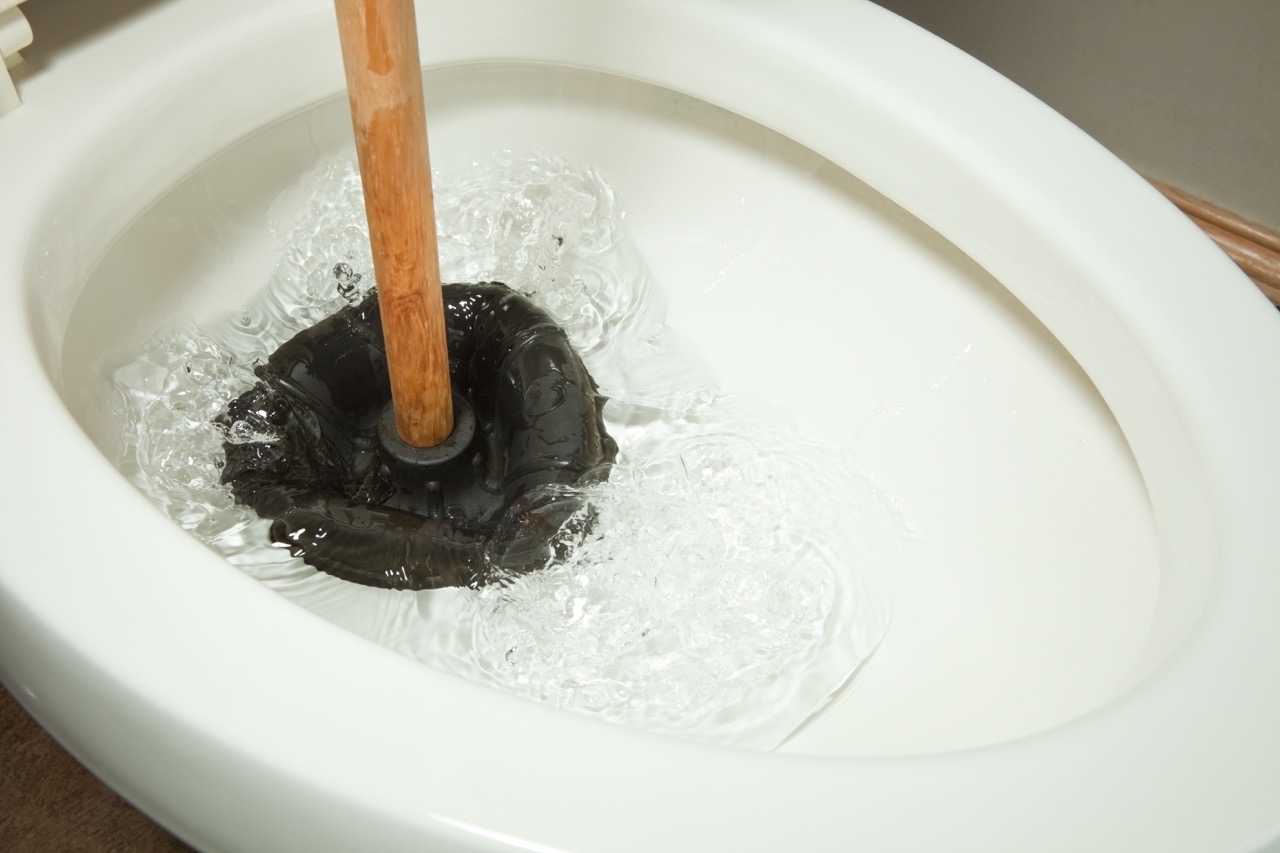
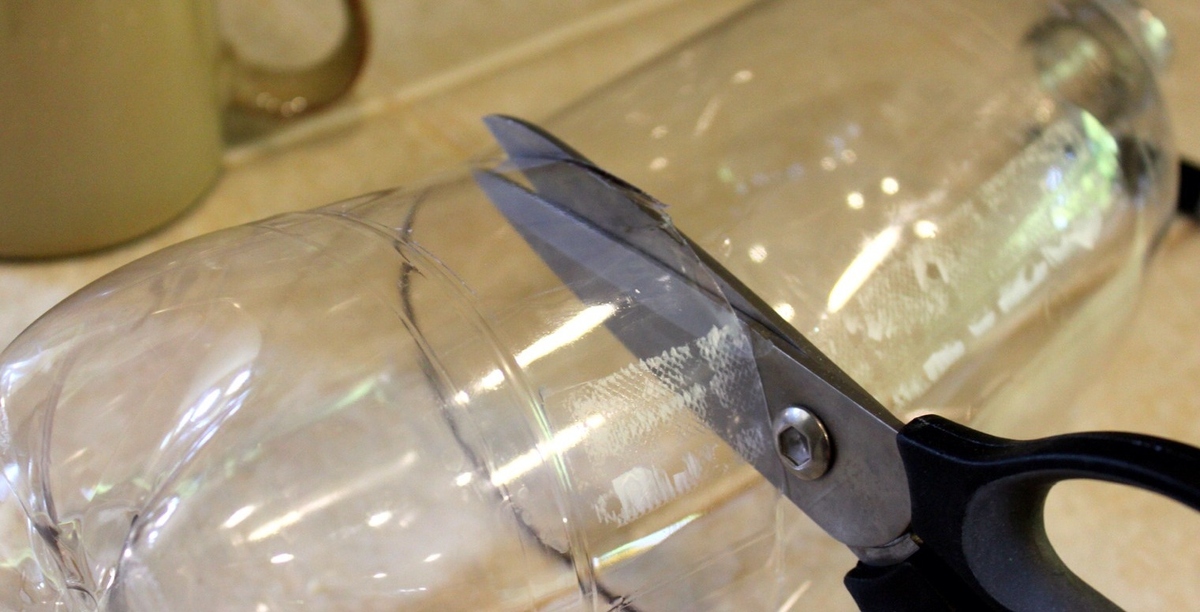
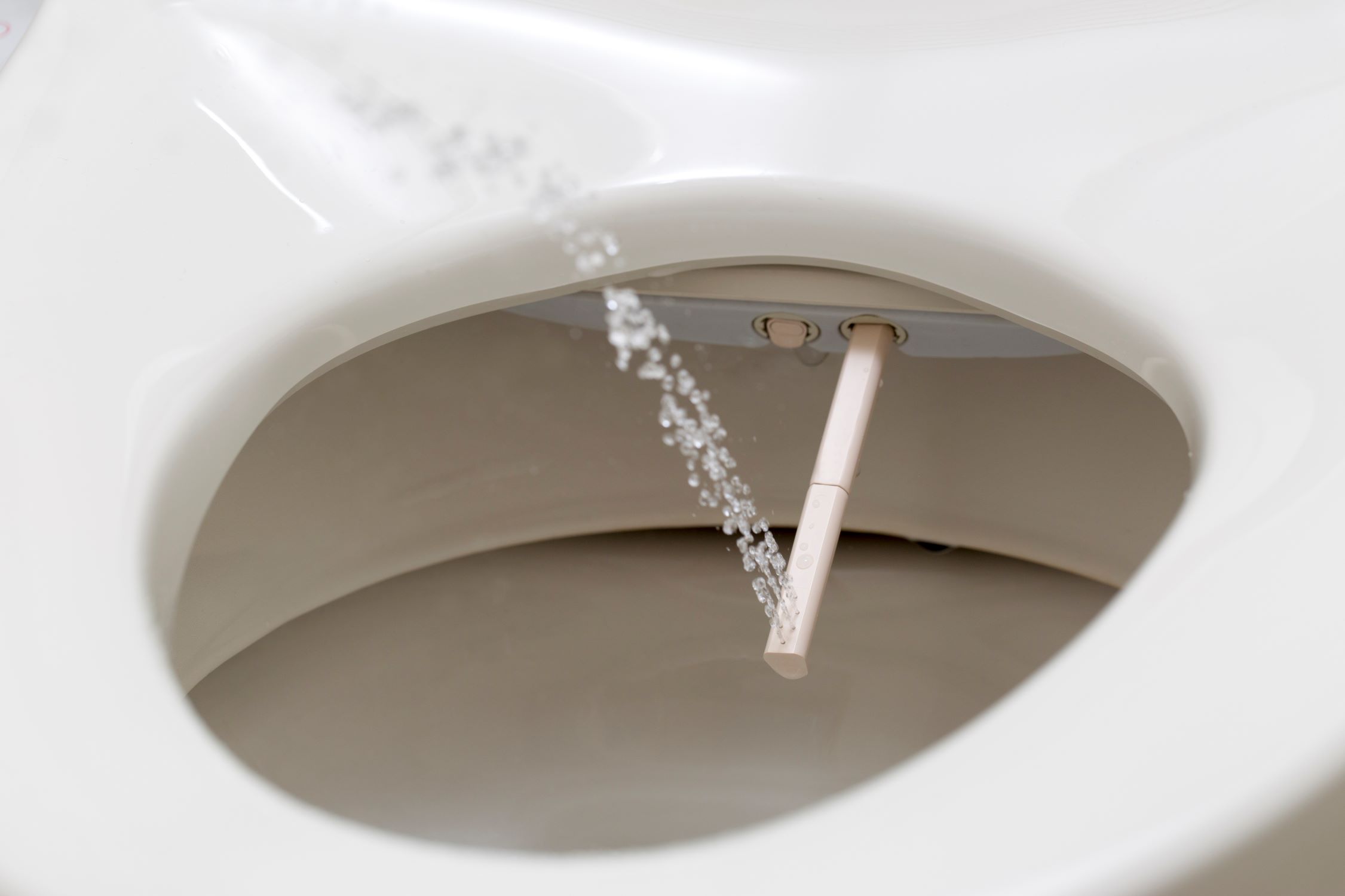
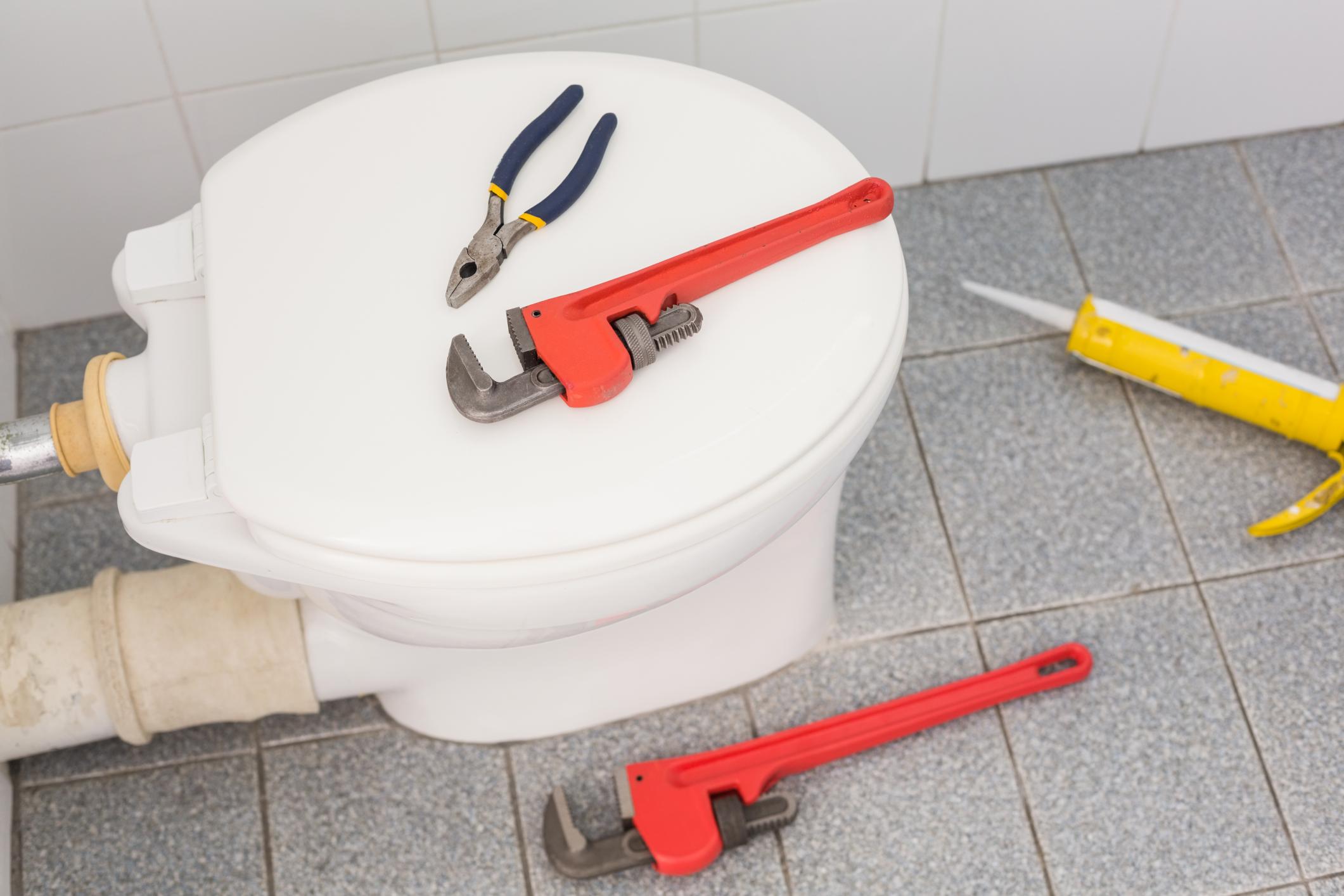
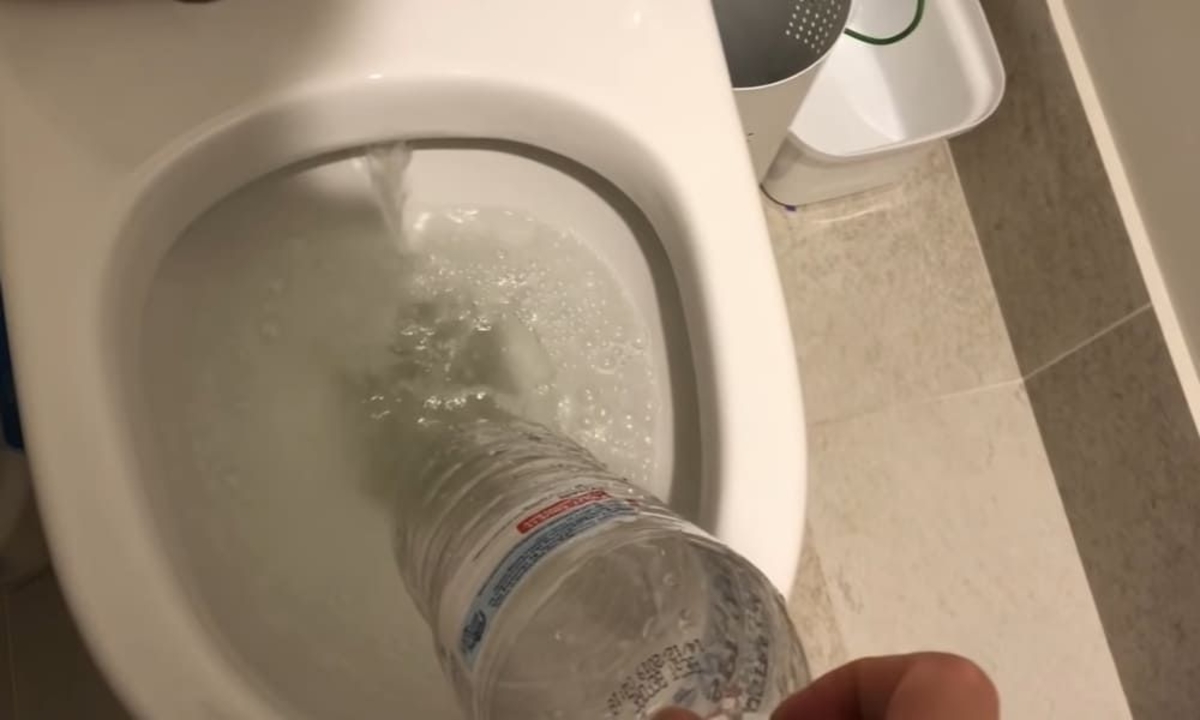
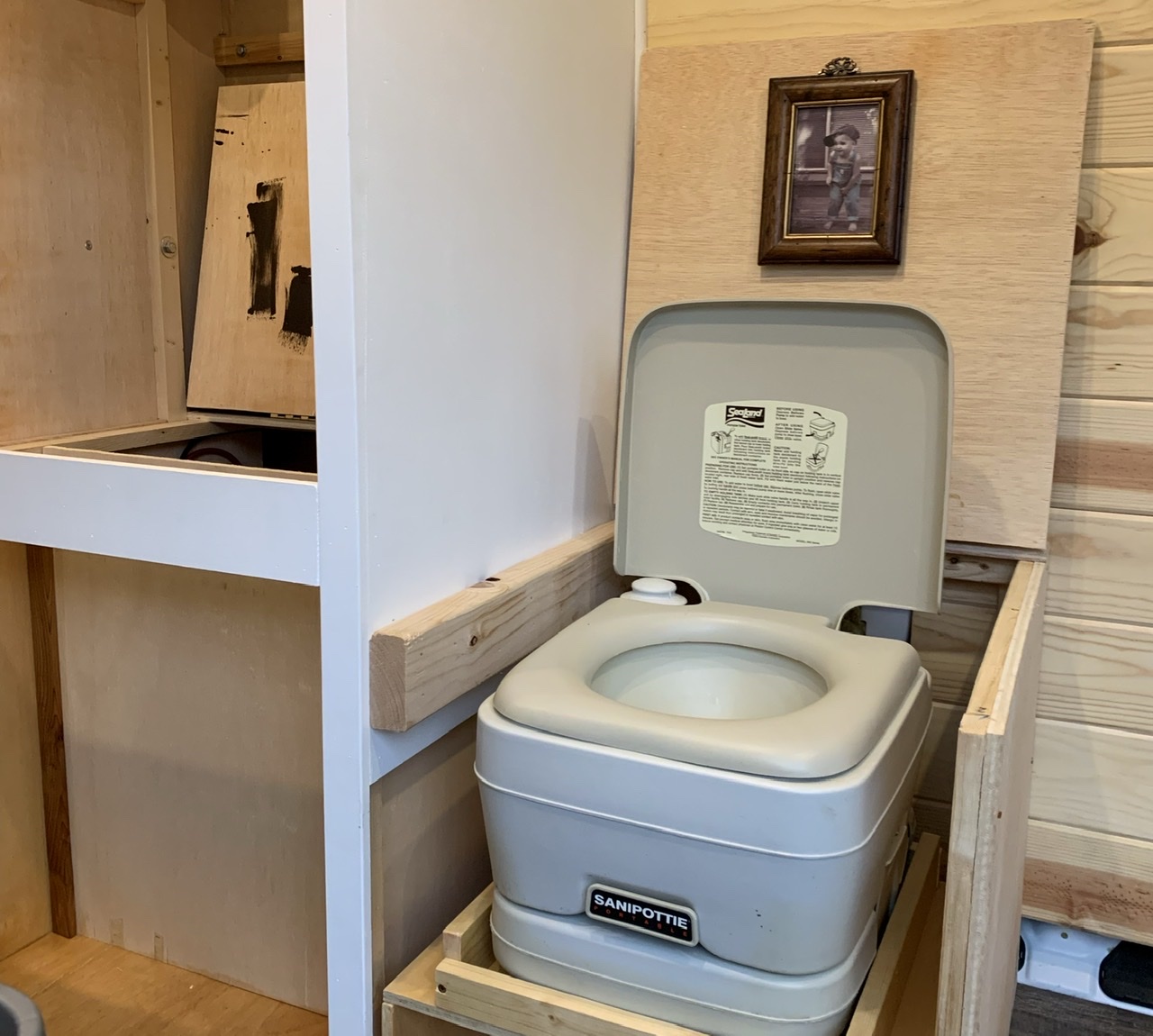
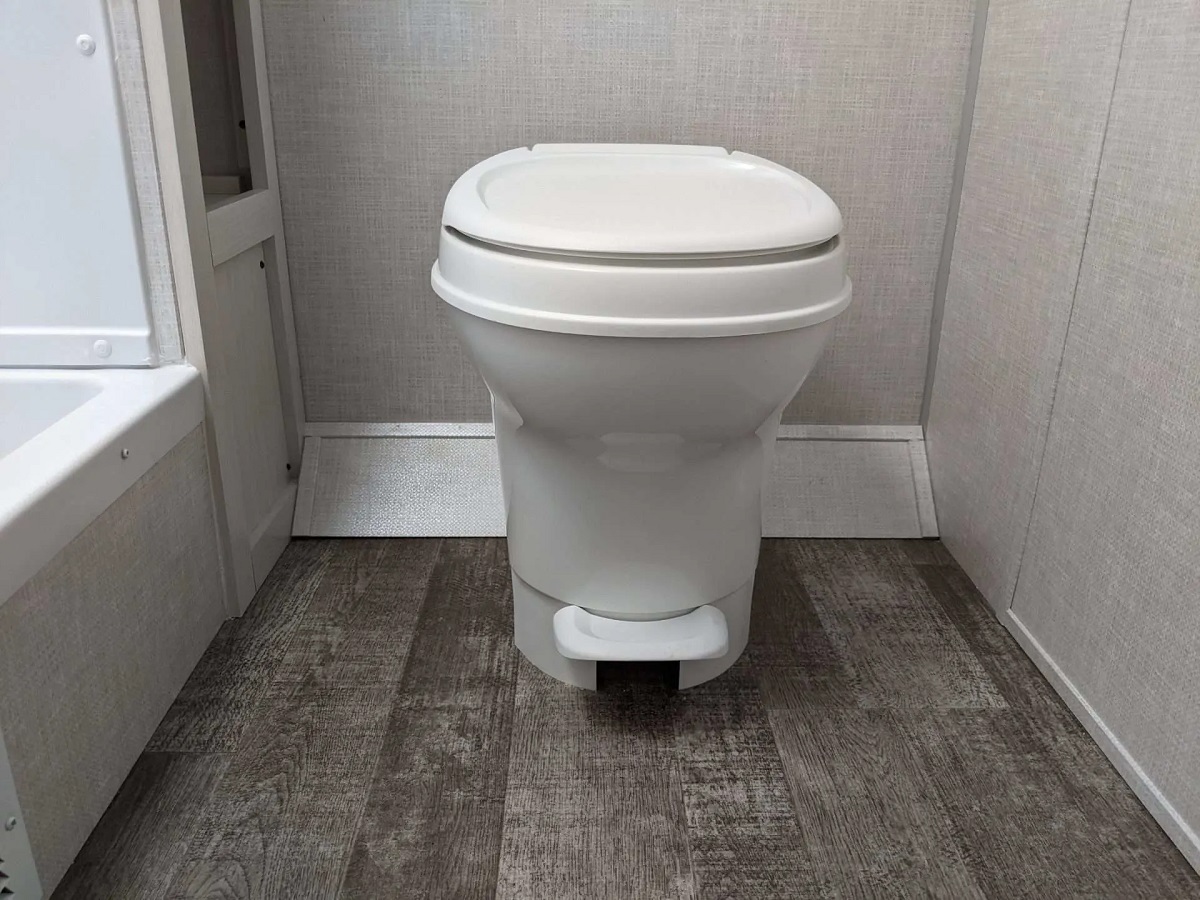
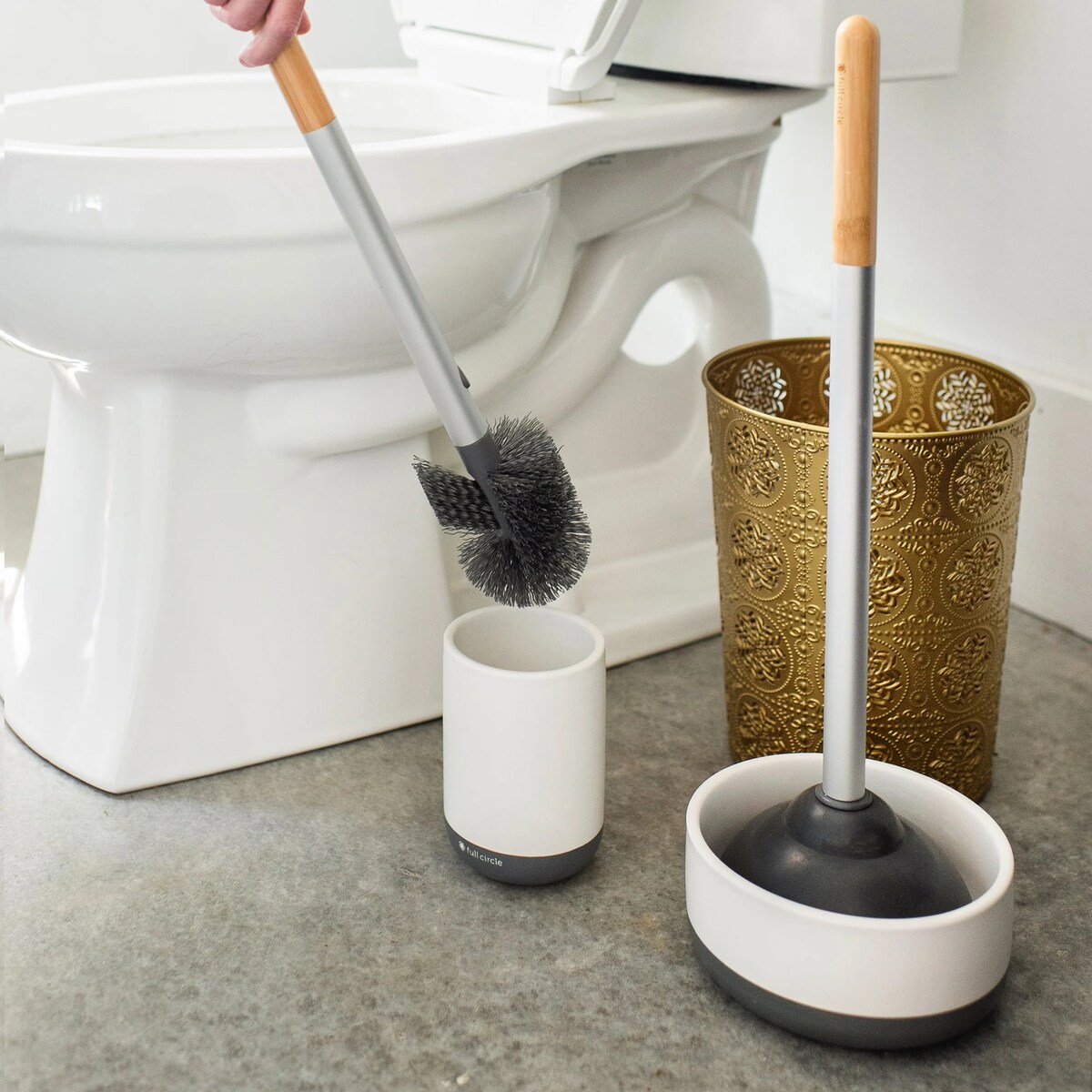
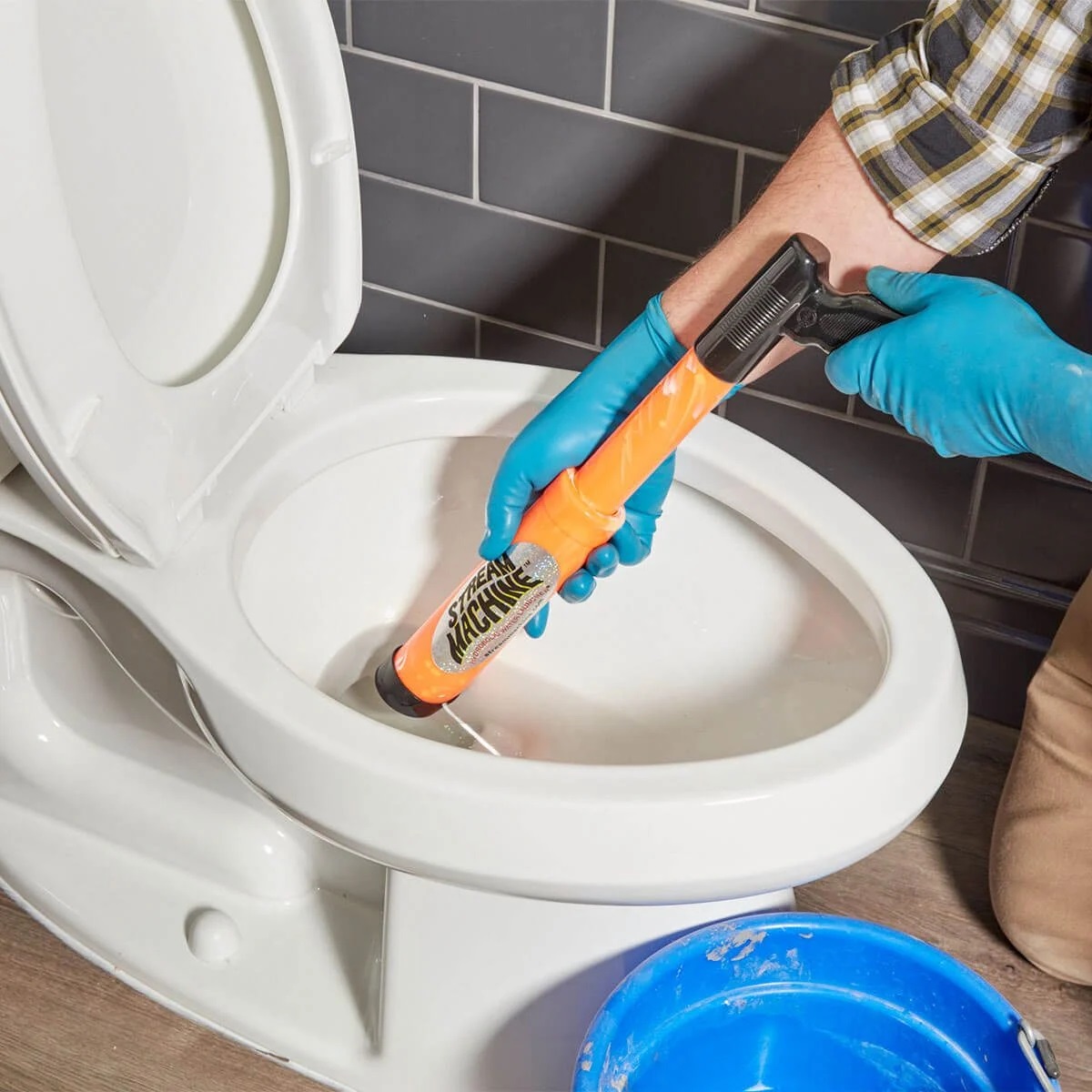
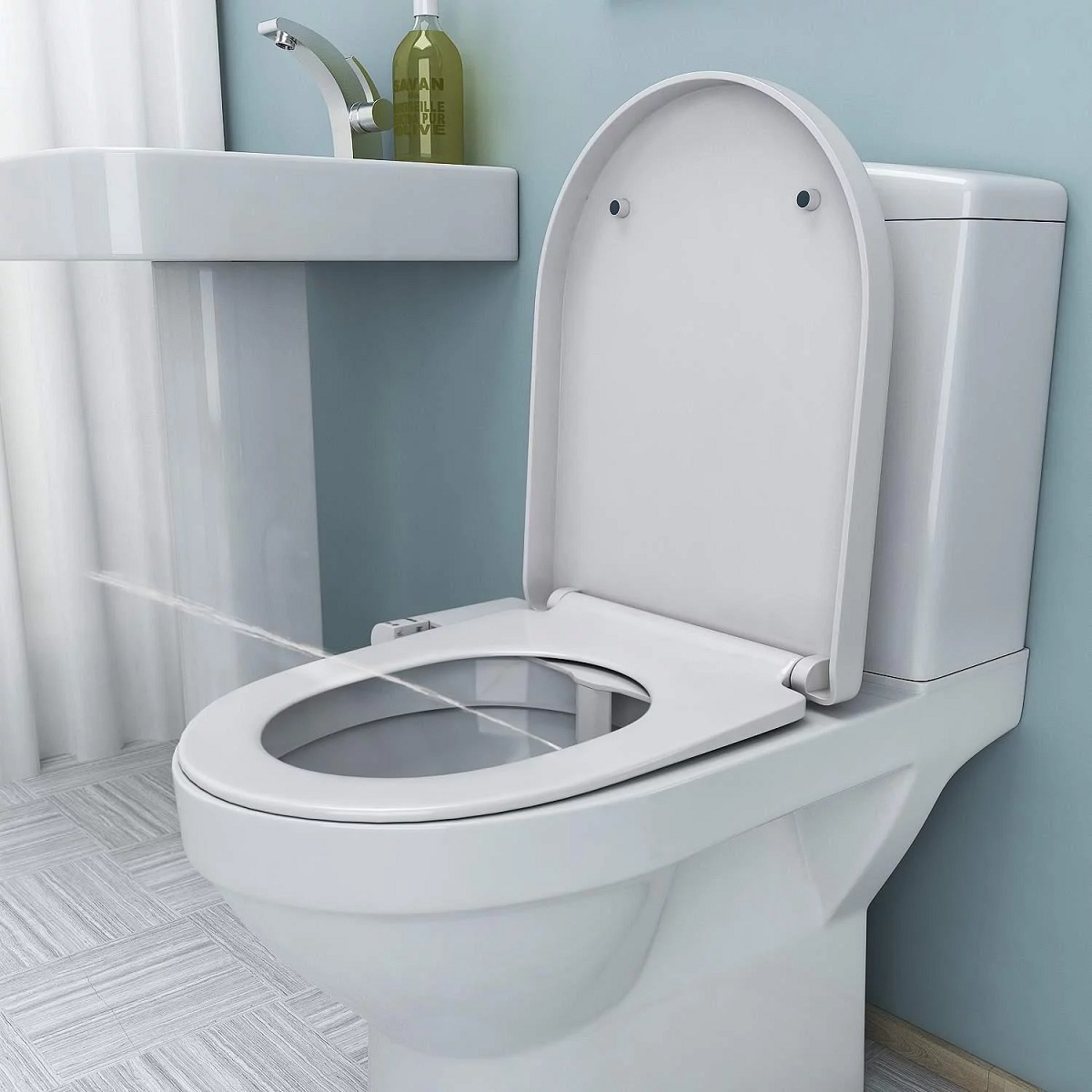
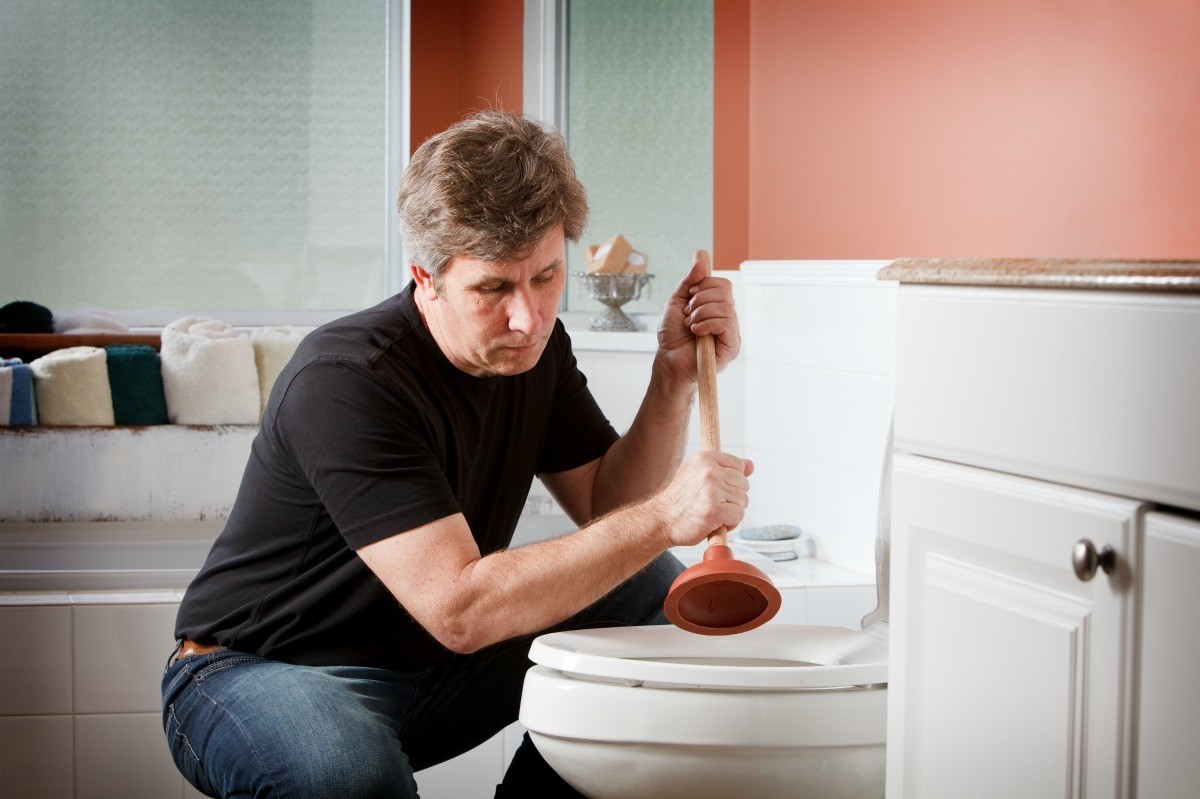
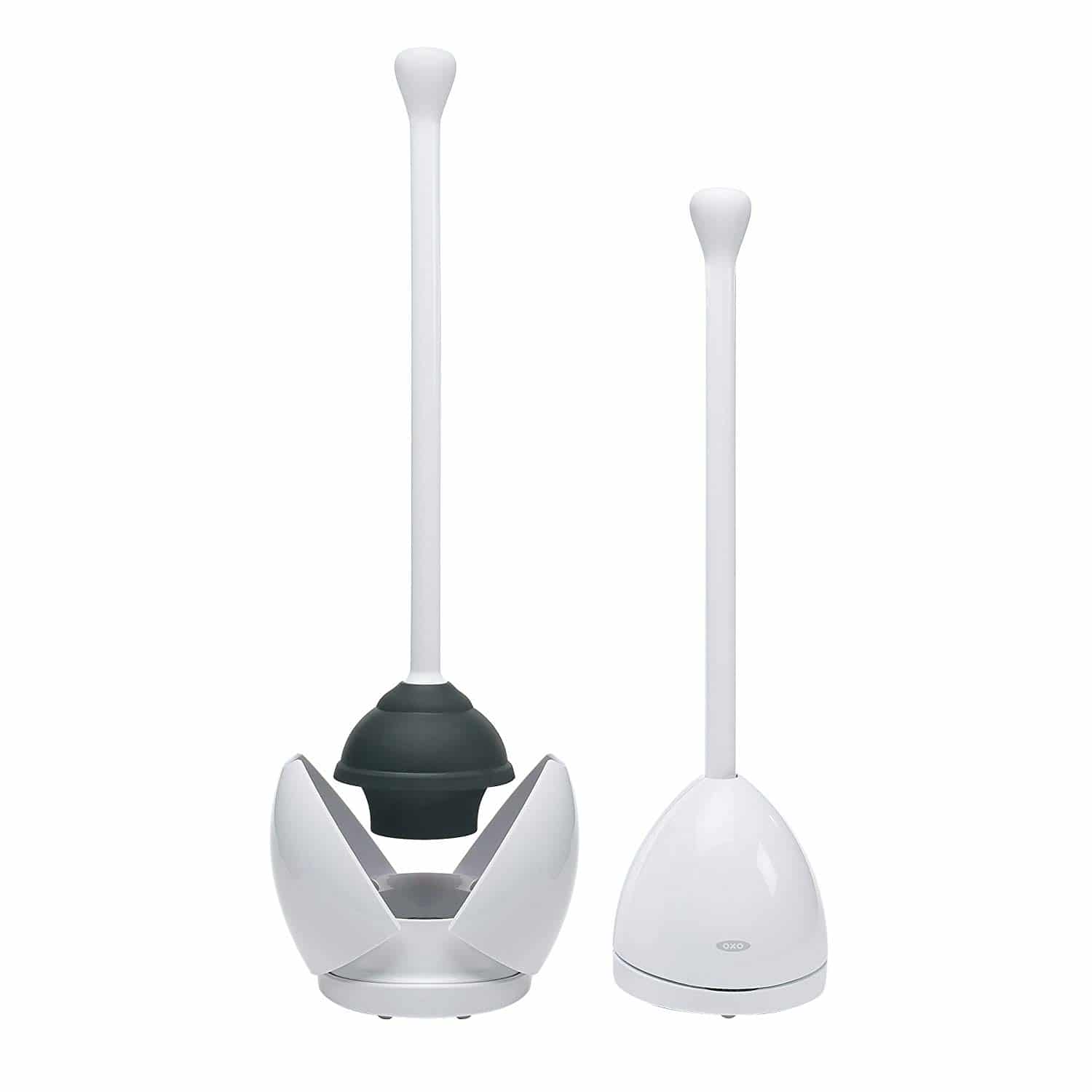
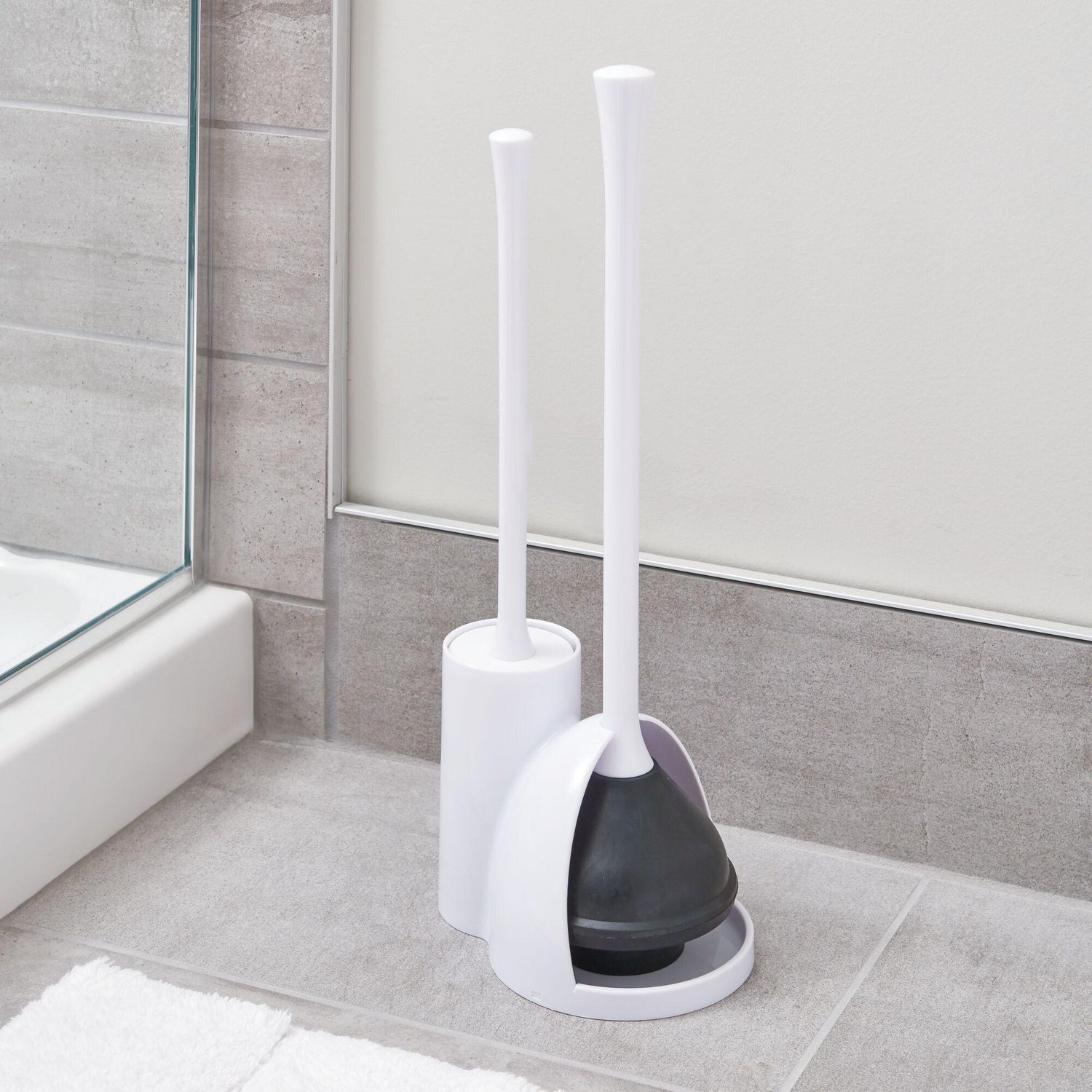
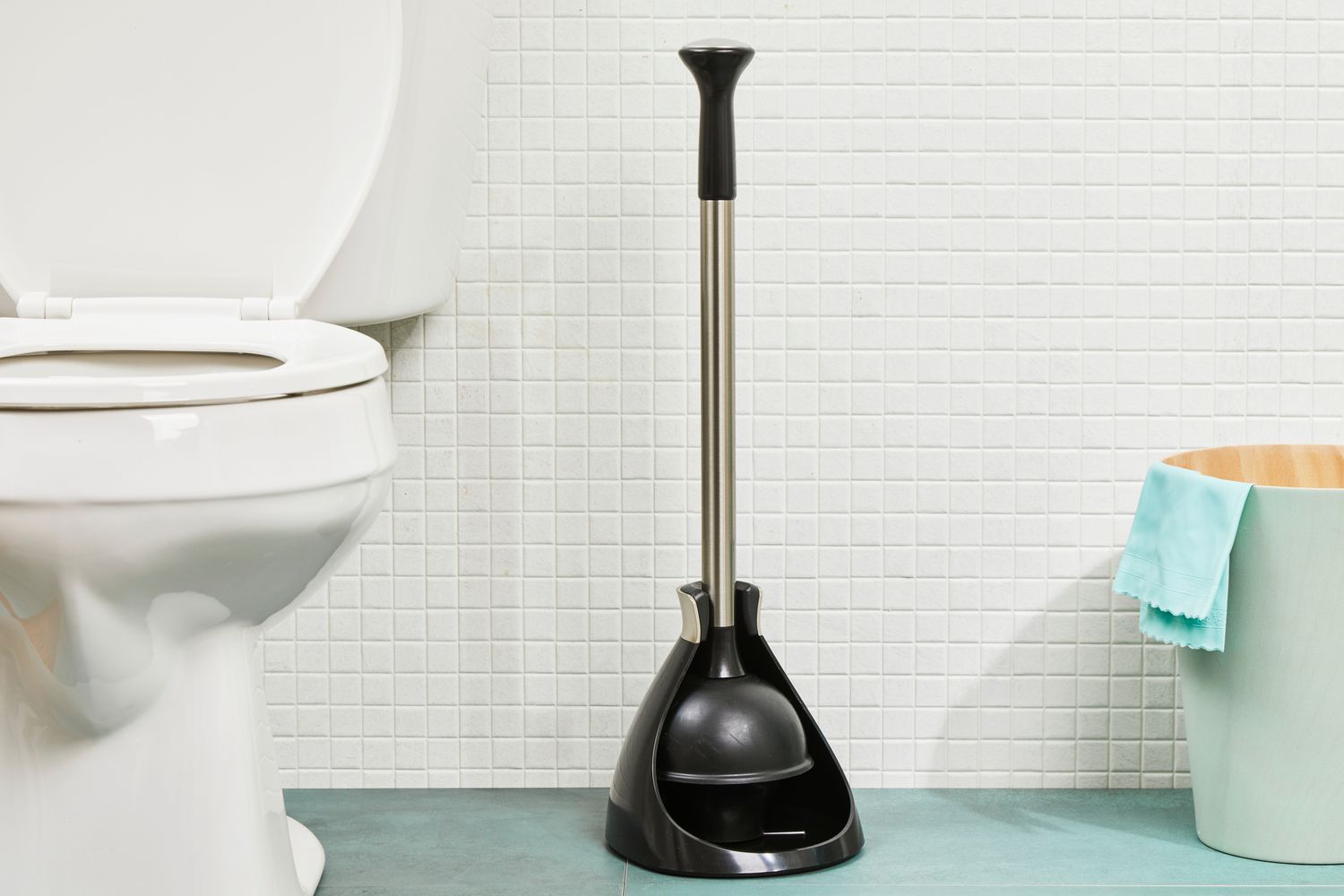

0 thoughts on “How Does A Toilet Plunger Work”